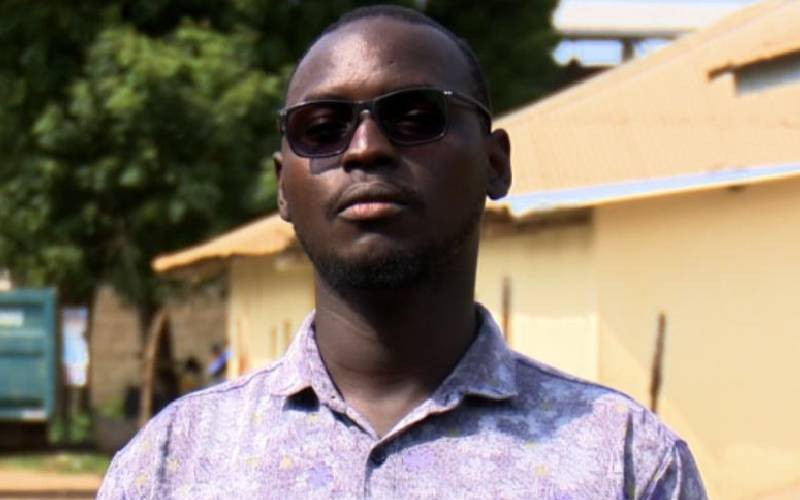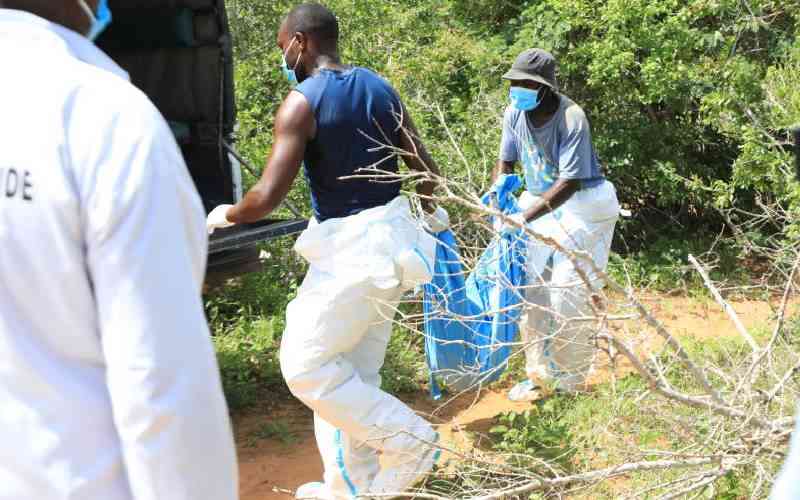By Antony Gitonga
There is a hint of irony that a trained pilot should spend her retirement nursing injured birds. Why, pilots and birds belong in the air.
Only that the subjects of Sarah Higgins’s devotion are owls, birds that in most Kenyan communities are regarded with dread, with most superstitions casting them as birds of ill-omen, to be avoided at all costs.
But a visit to a farm located along the Moi South Lake Road in Naivasha quashes this notion as one comes face to face with tens of owls.
The firm handshake, radiating smile and energetic step are the hallmarks of Higgins as she welcomes us to her home located near Lake Naivasha.
There are several varieties of trees and bushes in the clean, quiet compound. The silence is often broken by the sounds of hooting owls.
In a dark shed surrounded by bushes, injured birds skip from one branch to another, unable to fly.
Higgins walks into the shed and one of the owls flies and rests on her hand, as she uses the other to cuddle its ruffled feathers.
MISSING WING
Next to the owl lie two big eagles nestling on a tree nearby. One of the eagles has a wing missing while the other is partially blind and recovering after an eye operation.
"I get injured owls and eagles from friends and treat them and make sure that they are well before freeing them to the wilderness,"
Higgins says, discounting rumours that owls are birds of ill-omen.
"In the UK, owls are considered birds of good luck, as is the case in India," she says, breaking into a smile.
In the compound, Higgins has set up various shed on treetops where the sick and injured owls are perched.
Next to her bedroom is one such shed, which is home to two of the owls. Whenever she is taking a bath, she says she leaves the window open and the birds fly in and rest on top of the shower.
Stay informed. Subscribe to our newsletter
"They love the steam as it helps them clean their feathers. Every time I enter the bathroom they come and join me," she smiles.
Higgins says she slaughters a fattened bull for the birds three times every year.
LIVE MICE
"The most challenging thing is getting food for the owls as they eat live mice and rabbits, so I have no alternative but to feed them reject chicks and meat," she says.
Higgins, who is a well known environmentalist in Naivasha says she first encountered the birds in the mid-1990s.
She says that she started with a fish eagle that had a dislocated leg.
"In 2003 someone left a barn owl in my compound whose wing was broken and it was very fierce," she recalls, adding that the bird was seriously injured and after various treatments it could not fly, so she had to take it in.
Afterwards, she took in many more birds, mainly owls, some which were either hit by vehicles or injured by villagers in various parts of the country.
"Some of the injured owls were brought in by my friends and others by KWS personnel, whom I have been working with," she explains.
To date, her home has been approved by KWS as a sanctuary for injured birds, which she nurses back to health before releasing them back to the wild once they are fully recovered.
SPOON FEEDING
"Last year, I released back to the wild 20 birds which were fully healed. I have 16 birds which cannot leave as they have permanent injuries," Higgins says.
This means that she has to literally spoon-feed them as the owls only eat live things like mice and grasshoppers.
Some of the bird species in her compound are the barn and spotted eagle, marshal, black-headed heron, among others.
She also shelters eagles such as the fish eagle, tony and crown eagles.
Higgins’s encounter with birds trace back to her childhood, and nostalgically recalls how birds used to make her day.
"As a little child, I had tens of books on birds and they made me understand more about them," she says.
She is planning to write children’s books to teach children birds are friendly and can be conserved, instead of treating them as threats to their survival.
"The owls are important when it comes to dealing with mice as they easily spot them even at night and use them for a meal, thus reducing their numbers," she concludes.
 The Standard Group Plc is a
multi-media organization with investments in media platforms spanning newspaper
print operations, television, radio broadcasting, digital and online services. The
Standard Group is recognized as a leading multi-media house in Kenya with a key
influence in matters of national and international interest.
The Standard Group Plc is a
multi-media organization with investments in media platforms spanning newspaper
print operations, television, radio broadcasting, digital and online services. The
Standard Group is recognized as a leading multi-media house in Kenya with a key
influence in matters of national and international interest.
 The Standard Group Plc is a
multi-media organization with investments in media platforms spanning newspaper
print operations, television, radio broadcasting, digital and online services. The
Standard Group is recognized as a leading multi-media house in Kenya with a key
influence in matters of national and international interest.
The Standard Group Plc is a
multi-media organization with investments in media platforms spanning newspaper
print operations, television, radio broadcasting, digital and online services. The
Standard Group is recognized as a leading multi-media house in Kenya with a key
influence in matters of national and international interest.





